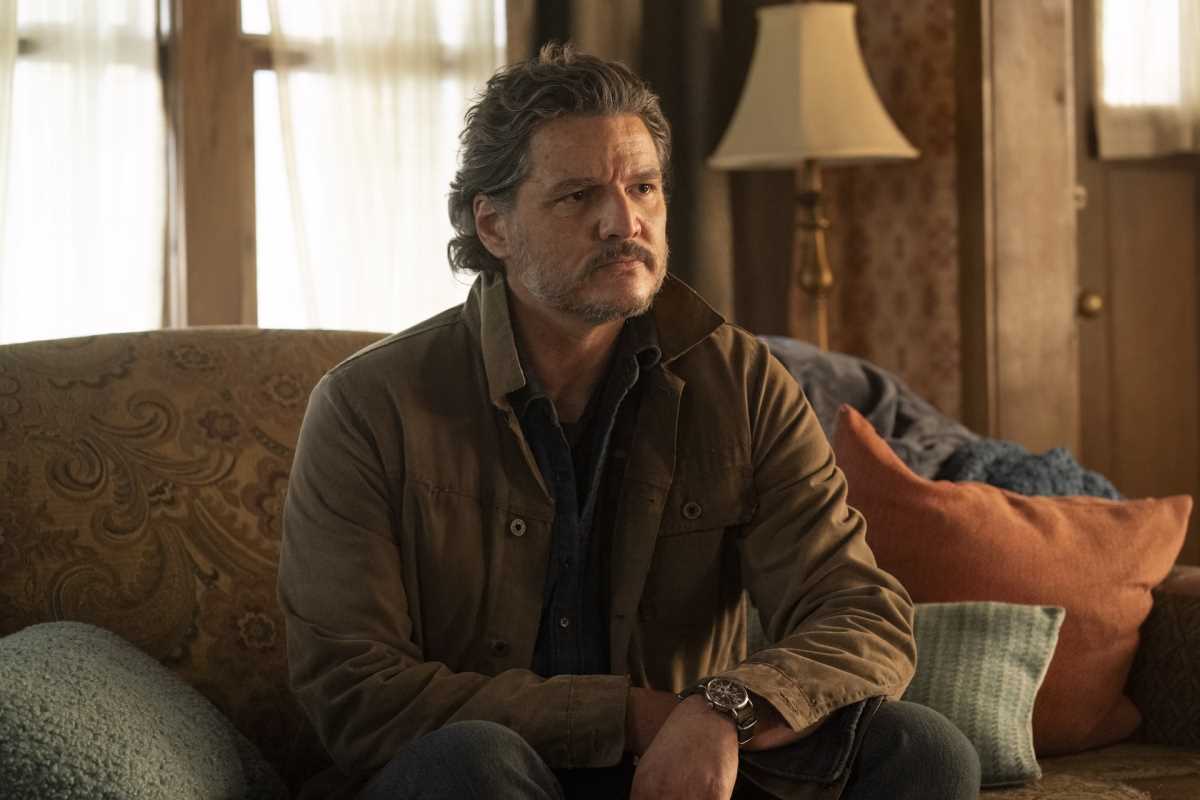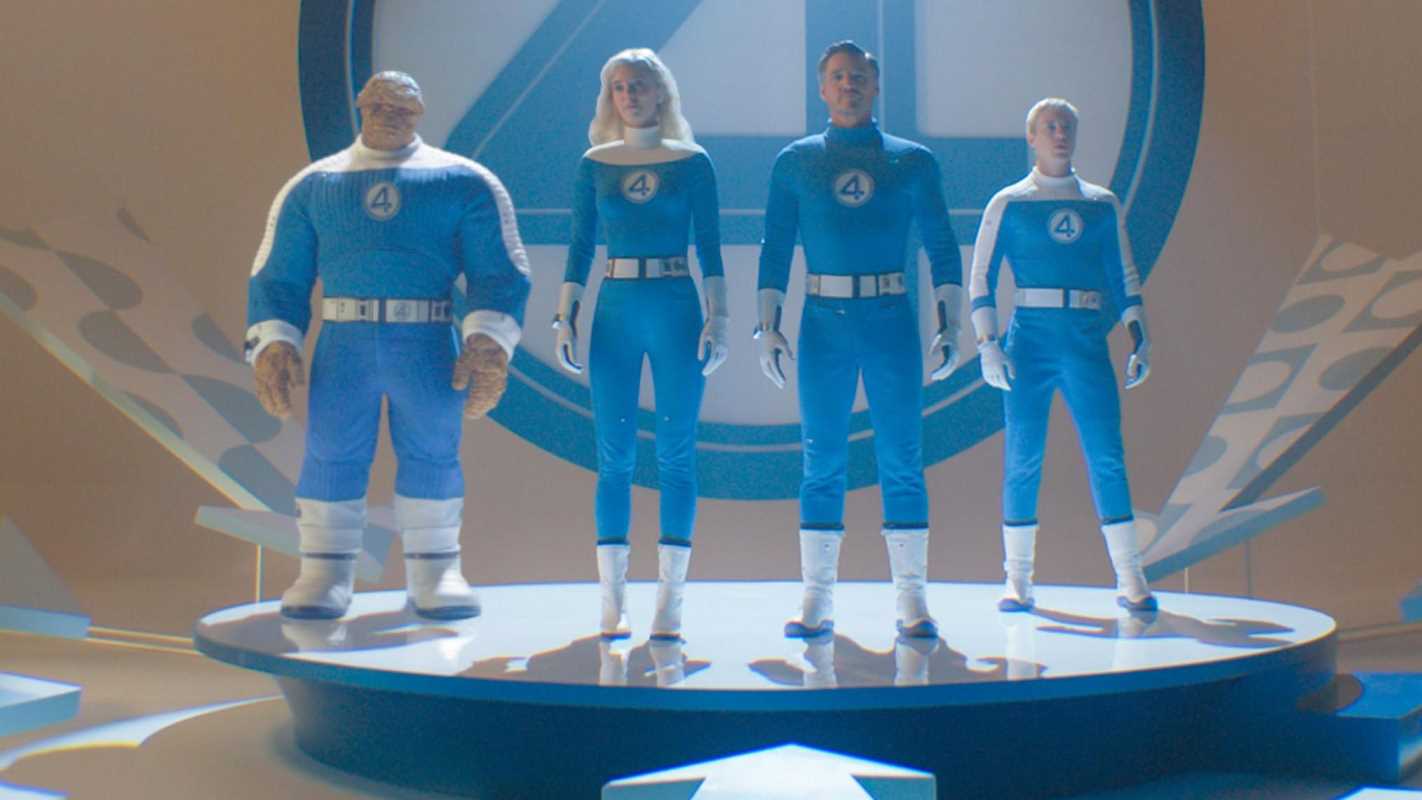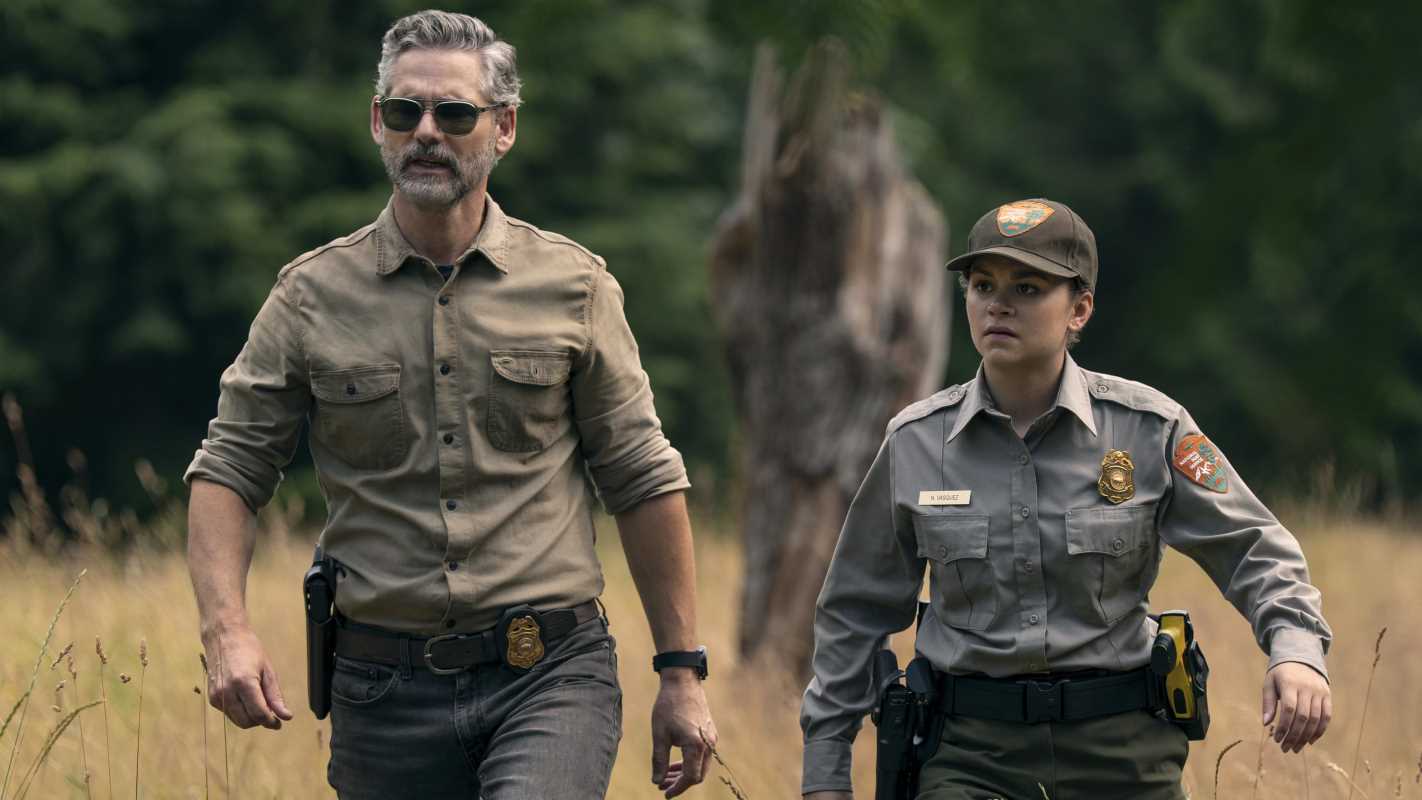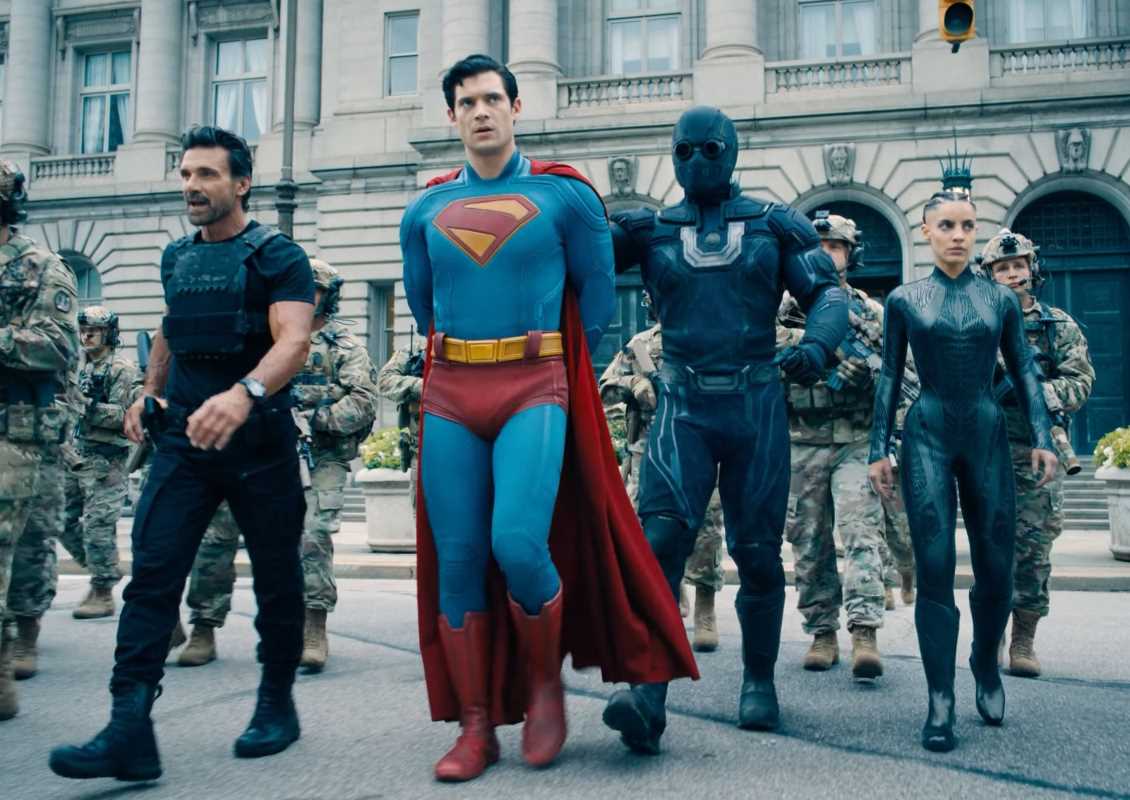Captain America: Brave New World represents a significant misstep in the Marvel Cinematic Universe's ongoing narrative expansion. This film demonstrates how established franchises can falter when fundamental storytelling principles are compromised in favor of formulaic execution and commercially driven decision-making. The result constitutes a viewing experience that tests audience patience while failing to deliver meaningful entertainment value or narrative progression.
Narrative Structure and Pacing Deficiencies
The film's most critical failure manifests through its severely compromised pacing structure. The screenplay by Malcolm Spellman, Dalan Musson, and Matthew Orton presents a disjointed narrative that lacks coherent momentum throughout its extended runtime. The opening sequences establish character conflicts without providing sufficient context or emotional investment, while the middle section staggers through repetitive action sequences that serve no meaningful narrative purpose.
The three-act structure collapses under the weight of excessive exposition and underdeveloped character motivations. Critical plot developments occur through convenient coincidences rather than logical progression, undermining audience engagement with the central conflict. The film's attempts to address contemporary political themes feel superficial and poorly integrated, creating tonal inconsistencies that detract from both entertainment value and thematic coherence.
The editing choices exacerbate pacing problems through jarring transitions between action sequences and character development moments. The rhythm never establishes consistent flow, creating a stop-and-start viewing experience that prevents audiences from developing sustained interest in either characters or plot progression. These structural problems persist throughout the entire runtime, making the film feel considerably longer than its actual duration.
Character Development Limitations
Anthony Mackie's portrayal of Sam Wilson as Captain America fails to generate the charismatic leadership presence essential for the character's effectiveness. While Mackie demonstrates adequate performance capability, the screenplay provides insufficient material for meaningful character development or emotional engagement. Sam's journey from reluctant hero to confident leader lacks the psychological depth necessary to create compelling character transformation.
The supporting cast receives even less favorable treatment through underwritten roles that waste talented performers on generic functional characters. Danny Ramirez returns as Joaquin Torres, but his character serves primarily as exposition delivery mechanism rather than fully realized individual with distinct motivations or personality traits. The performance feels constrained by limited material that prevents authentic character interaction or development.
Harrison Ford's President Ross provides competent antagonist performance within the constraints of predictable character archetype. Ford brings professional gravitas to the role, but the screenplay fails to provide complex motivations or interesting character dimensions that would justify his significant screen presence. The character remains a standard political villain without unique characteristics or compelling psychological depth.
Technical Execution and Production Quality
The film's visual effects demonstrate inconsistent quality that ranges from adequate to noticeably substandard. The action sequences rely heavily on digital enhancement that often appears artificial and unconvincing, particularly during flight sequences and large-scale destruction scenes. The visual effects work lacks the polish and attention to detail that audiences have come to expect from Marvel productions.
The production design fails to create distinctive visual identity or memorable set pieces. The locations feel generic and interchangeable, lacking the unique characteristics that would enhance world-building or create lasting visual impressions. The costume design similarly lacks innovation or visual interest, presenting standard superhero aesthetics without creative enhancement or thematic significance.
The cinematography by Kramer Morgenthau maintains professional competence without achieving visual excellence or distinctive style. The camera work effectively captures action sequences without creating memorable imagery or innovative visual approaches. The lighting and color palette choices feel safe and conventional, avoiding creative risks that might enhance the viewing experience or support thematic content.
Henry Jackman's musical score provides adequate accompaniment without memorable themes or emotional resonance. The orchestral arrangements follow predictable patterns that support action sequences without creating lasting musical impressions or enhancing character moments through effective scoring choices. The music feels functional rather than inspired, contributing to the overall sense of mediocrity that permeates the production.
Action Sequences and Spectacle Elements
The film's action choreography demonstrates competent execution without innovative creativity or memorable set pieces. The fight sequences follow established Marvel formula without introducing unique elements or creative approaches that might distinguish them from countless similar scenes in previous films. The action serves plot advancement requirements without generating excitement or visual spectacle.
The aerial combat sequences represent the film's strongest technical achievement, providing adequate entertainment value through competent stunt coordination and visual effects integration. These moments demonstrate professional craft without achieving the exceptional quality that would elevate the overall viewing experience or create lasting positive impressions.
The action sequences suffer from consequence-free violence that reduces dramatic stakes and emotional investment. Characters survive impossible situations without lasting effects, while property destruction occurs without meaningful impact on subsequent story developments. This approach diminishes the significance of conflict resolution and reduces audience engagement with character safety concerns.
Contemporary Themes and Political Commentary
The film attempts to address relevant political themes including government accountability, military oversight, and executive power limitations. However, these complex issues receive superficial treatment that avoids meaningful examination or insightful commentary. The political elements feel like checkbox requirements rather than integral story components that enhance narrative depth or thematic resonance.
The exploration of racial dynamics within institutional power structures begins promisingly but fails to develop beyond surface-level acknowledgment. The screenplay avoids difficult conversations or complex character interactions that might provide authentic insight into contemporary social issues. This approach results in missed opportunities for meaningful cultural commentary that could elevate the material beyond generic superhero entertainment.
The film's treatment of military ethics and government surveillance presents familiar concepts without fresh perspectives or innovative examination. These themes have been explored more effectively in previous Marvel productions, making this iteration feel redundant rather than essential or illuminating.
Missed Opportunities and Wasted Potential
Captain America: Brave New World represents significant missed opportunity to explore relevant contemporary issues through the superhero genre framework. The transition from Steve Rogers to Sam Wilson as Captain America could have provided rich material for examining legacy, responsibility, and social change within American cultural contexts. Instead, the film presents generic conflict scenarios that could feature any interchangeable superhero character.
The supporting character roster includes talented performers whose capabilities remain largely unused due to limited material and underdeveloped roles. The screenplay fails to utilize ensemble casting effectively, reducing most characters to functional plot devices rather than fully realized individuals who contribute meaningful perspectives or emotional depth to the overall narrative experience.
The film's budget and production resources could have supported more ambitious creative choices that might have distinguished this entry within the broader Marvel catalog. Instead, conservative approaches to both storytelling and visual presentation result in forgettable experience that adds minimal value to the established universe.
Final Assessment and Audience Recommendations
Captain America: Brave New World constitutes a disappointing entry in the Marvel Cinematic Universe that fails to meet reasonable expectations for entertainment value, thematic depth, or technical excellence. The film demonstrates how established franchises can produce content that fulfills commercial obligations without providing meaningful artistic merit or audience satisfaction.
The numerous structural problems, character development limitations, and missed thematic opportunities create viewing experience that tests audience patience without delivering corresponding rewards. While individual elements occasionally demonstrate competence, the overall execution lacks the cohesion and creative vision necessary for successful filmmaking.
This film will appeal primarily to Marvel completionists who require consumption of all universe content regardless of quality considerations. Casual superhero fans should consider alternative entertainment options that provide superior value for time investment. The film fails to justify its existence beyond franchise maintenance requirements.
General audiences seeking quality entertainment should avoid this production in favor of superior alternatives within the superhero genre or other contemporary releases that demonstrate greater creative ambition and execution excellence.
Rating: 4/10
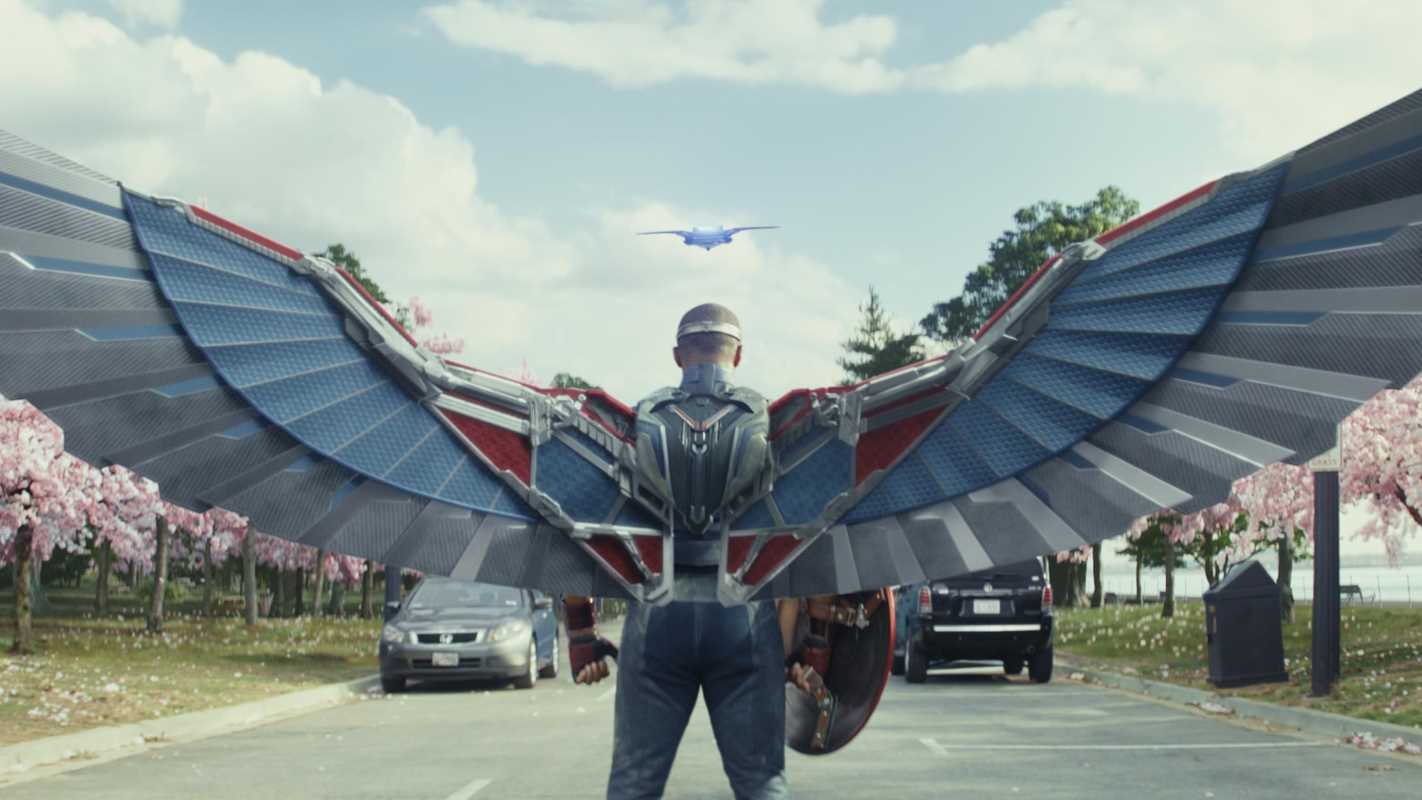 (Image source: Marvel Studios)
(Image source: Marvel Studios) 

.jpg)
